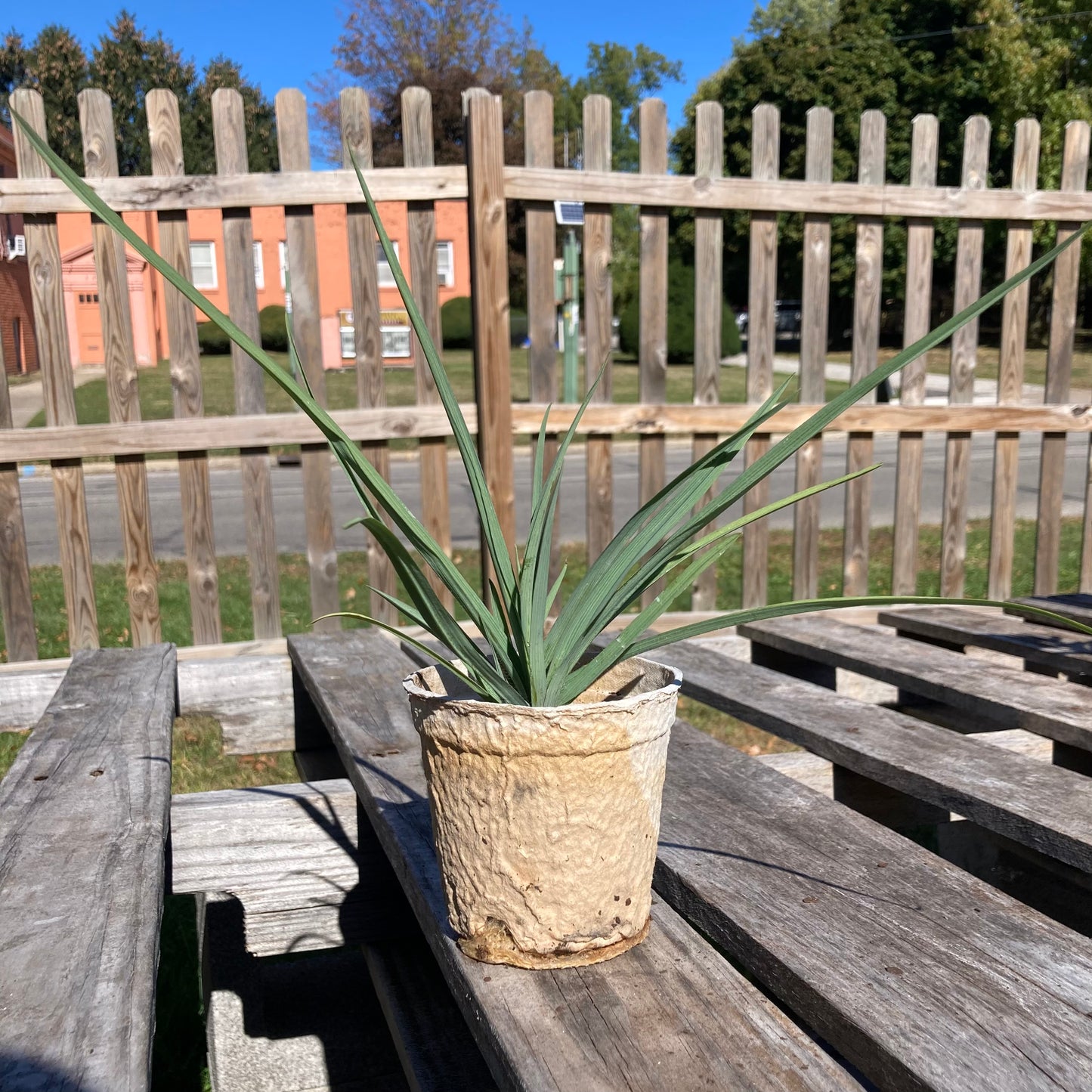Ohio spiderwort
Tradescantia ohiensis
Tradescantia ohiensis
51 remaining
Couldn't load pickup availability
Sun/shade: Full sun to part shade
Soil moisture: Dry to medium
Height: 2-3'
Flowering period: June
Deer resistance: Low
Like stars in the night sky, bright yellow anthers shine at the center of each of Ohio spiderwort's bluish-purple flowers. The unusual 3-petalled blooms remain open on cloudy days but close by early afternoon when the sun is out. Lacking in nectar, the plant provides high protein pollen which is reward enough for hover flies and many bee species. Bumble bee queens are sure to make use of the pollen when feeding their first offspring in the spring.
An inhabitant of NE Ohio meadows, savannas, and forest edges, Ohio spiderwort has several qualities which make it especially valuable in the garden. Violet blooms provide a striking early season complement to wild indigo species, smooth penstemon, common yarrow, and black-eyed Susan. An ability to grow in dry soils makes this plant a good candidate for sunbaked tree lawns and other moisture-deprived spaces. Finally, this versatile species can also thrive in the partial shade at the edge of a tree canopy.
Gardeners should be advised, though, that removal of Ohio spiderwort’s seeds may be necessary to prevent aggressive spreading, and this plant is also often browsed by deer. To mitigate the latter, plant Ohio spiderwort alongside nodding wild onion, mountain mint, or another species that deer find distasteful. Growing to a height of 2-3 feet, Ohio spiderwort fits well into many garden scenarios, and its thin, grass-like foliage offers a nice visual contrast to that of broader leaved plants.
Photos by Julie Slater.





